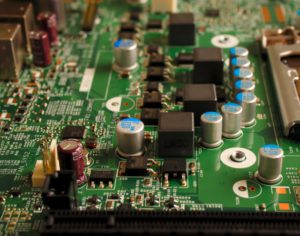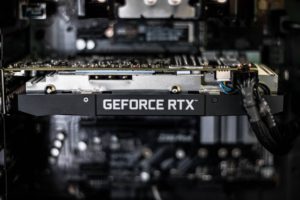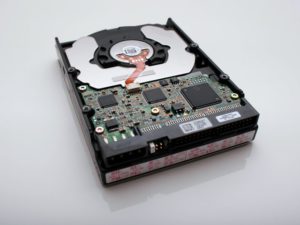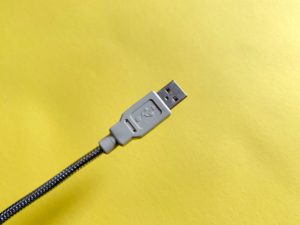PC Components That Every Configuration Should Have
 As most of you already know, people often do not buy a premade PC, they create their own configuration. Pre-made still sells though, some people just don’t want to go through all that trouble and simply ask for an opinion on what is in store, and if you are buying a number of PCs for an office you might go with premade as well. Still, you might need a PC and you want to go with your own configuration instead of what is available in the store. So, if you have never done this before, here are the crucial hardware components you need to buy.
As most of you already know, people often do not buy a premade PC, they create their own configuration. Pre-made still sells though, some people just don’t want to go through all that trouble and simply ask for an opinion on what is in store, and if you are buying a number of PCs for an office you might go with premade as well. Still, you might need a PC and you want to go with your own configuration instead of what is available in the store. So, if you have never done this before, here are the crucial hardware components you need to buy.
 Motherboard
Motherboard
The motherboard is the backbone of any PC, it holds all the main components of your configuration, so you cannot have a PC without it. Bear in mind that anything else you wish to include in your custom made configuration needs to be compatible with the motherboard you are getting. This includes a processor, memory, and hard drive. Also, bear in mind you will replace some of your components down the line, so do your research on what motherboard is highly compatible with new hardware.
Networking cards
In case the motherboard you are buying does not have integrated networking cards, you will need to get them as well since a PC that cannot go online is not very useful nowadays.
 Graphics card
Graphics card
This is probably the most expensive piece of hardware you will procure, in case you want to build a PC that supports the latest video games.
A graphic card is what makes data visualization on monitors possible, and once again some motherboards have integrated graphic cards, and usually have a port where you can add another one.
Processor
CPU or processor is the brain of your PC, and as a result, most of your computing speed depends on the quality of your processor. The speed is typically measured in Megahertz or MHz, however, modern processors tend to have a speed of 3.0GHz which is pretty advanced compared to the ones in the 90s.
 Hard drive
Hard drive
This is where you store your data, and it also affects the performance of your PC. So even if you have a great processor, depending on the quality of your hard disk your PC might still be slow.
Modern configurations are shifting to solid-state drive or SSD, which tends to be more expensive and has less storage space, but has way better performance.
 USB ports
USB ports
We are rarely relying on CDs to store and load data, today most of the configurations no longer have CD ROM, it all goes through USB ports.
Make sure you have high-speed USB ports so that newer flash drives are supported, but also get one or two older models, in case you are using an older USB flash drive.
Monitor ports
Since you are going to need a monitor, make sure you have HDMI and VGA ports on your PC, so that you can connect the two pieces of hardware.
